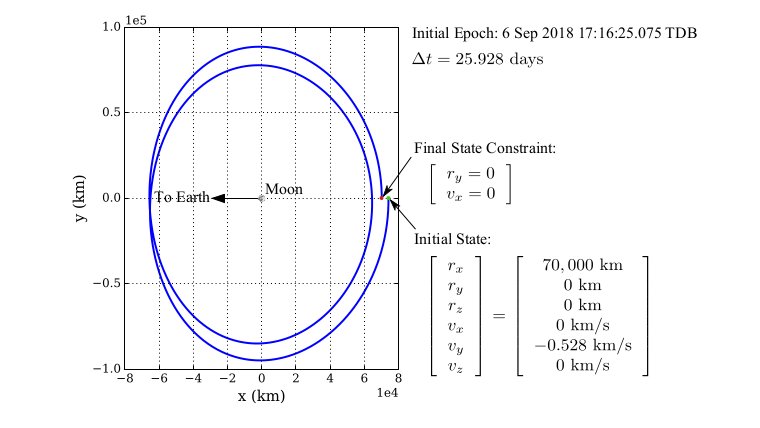
No signals from MERIDIAN 4 today. I suspect it has gone offline. We should be hearing about a replenishment soon.
This creates a gap in MERIDIAN Molniya coverage for ~8 hours each day. Much like when M3 went belly up.
This creates a gap in MERIDIAN Molniya coverage for ~8 hours each day. Much like when M3 went belly up.
https://twitter.com/coastal8049/status/1161140563611045889
Unlike when MERIDIAN 3 went down they still had MERIDIAN 2 stranded in the wrong orbit but still operational and filling in some of the gap from time to time.
https://twitter.com/coastal8049/status/1230727788220440577
MERIDIAN 2 re-entered early in 2020. But here's how it's sky tracked worked. Instead of being fixed and repeating daily it wandered around.
https://twitter.com/coastal8049/status/1223861121846628352
It takes some months to commission a MERIDIAN satellite based on my observations. M8 took many months before transponders appeared. M9 much less. Both were the newer generation of the spacecraft bus.
• • •
Missing some Tweet in this thread? You can try to
force a refresh
















